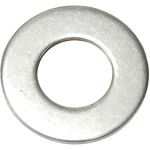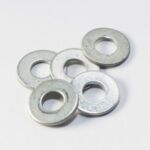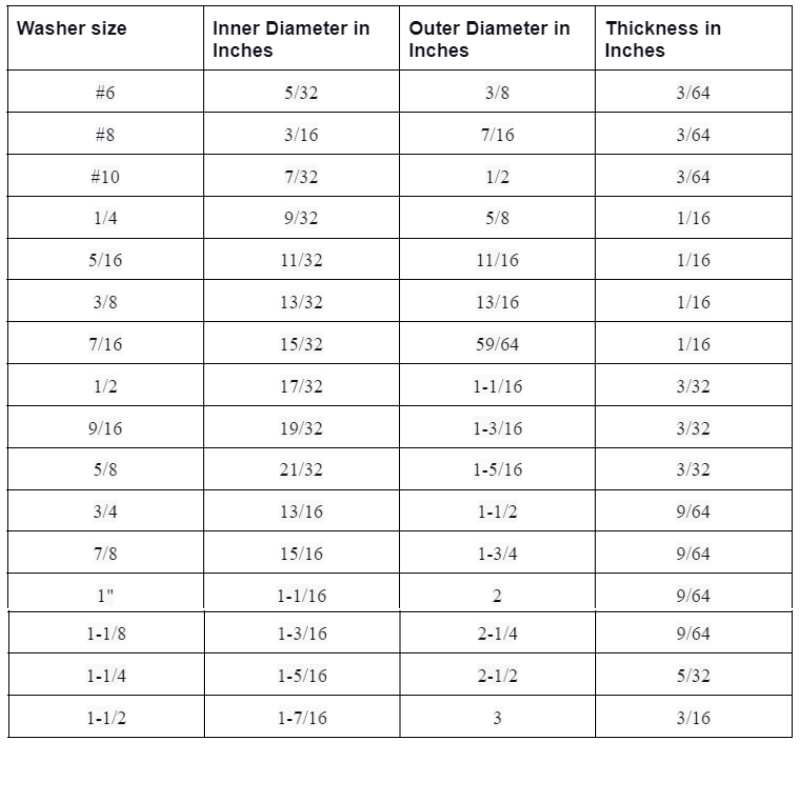The standard thickness of a washer depends on various industrial standards set by the Society of Automotive Engineers (SAE) and the United States Standard (USS). Other factors, such as the type of washer, material, and application, also play a role in determining the thickness. It is essential to understand these two units of measurement to avoid compromising the integrity of your connection with the wrong dimensions.
Society of Automotive Engineers (SAE)
 The SAE has set industrial standards for various automotive parts, including washers. These washers are typically smaller and thinner than their USS counterparts. They are also the most common and often referred to as standard washers.
The SAE has set industrial standards for various automotive parts, including washers. These washers are typically smaller and thinner than their USS counterparts. They are also the most common and often referred to as standard washers.
SAE washers have an outer diameter that is typically more than 1 1/2″. But their thickness varies depending on the size of the screw or bolt. It may also vary by +/- .007, depending on the production run.
Here is a table showing the standard thickness for SAE washers based on bolt size:
SAE FLAT WASHER DIMENSIONS
United States Standard (USS)
 USS washers adhere to different standards set by the United States Standard (USS). These washers are larger and thicker than the SAE washers. They also have a larger inside diameter. Similar to SAE washers, the thickness of USS washers also varies based on bolt or screw size. (1)
USS washers adhere to different standards set by the United States Standard (USS). These washers are larger and thicker than the SAE washers. They also have a larger inside diameter. Similar to SAE washers, the thickness of USS washers also varies based on bolt or screw size. (1)
Here is a table showing the standard thickness for USS washers based on bolt size:
USS FLAT WASHER DIMENSIONS
Conclusion
SAE and USS washers have their own standard thicknesses for optimal performance in different applications. It is crucial to talk to your manufacturer before choosing either for your project. At Minneapolis Washer and Stamping, we have a wide range of washers in various sizes and thicknesses to meet your needs. Contact us today for all your washer requirements!
Click to learn more about us.


